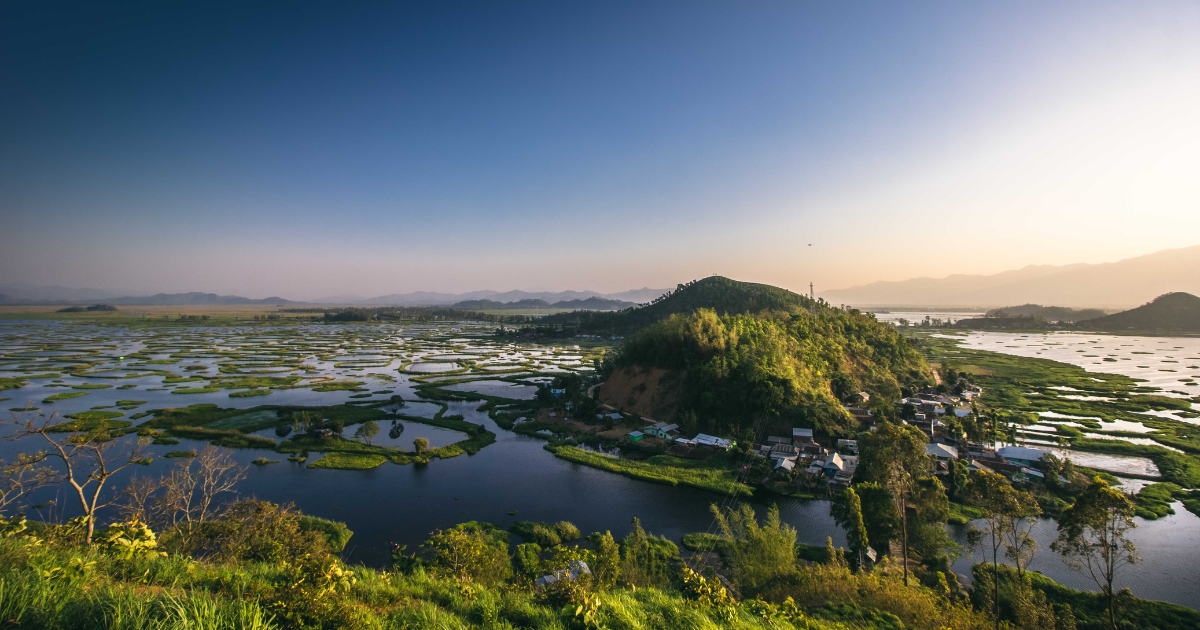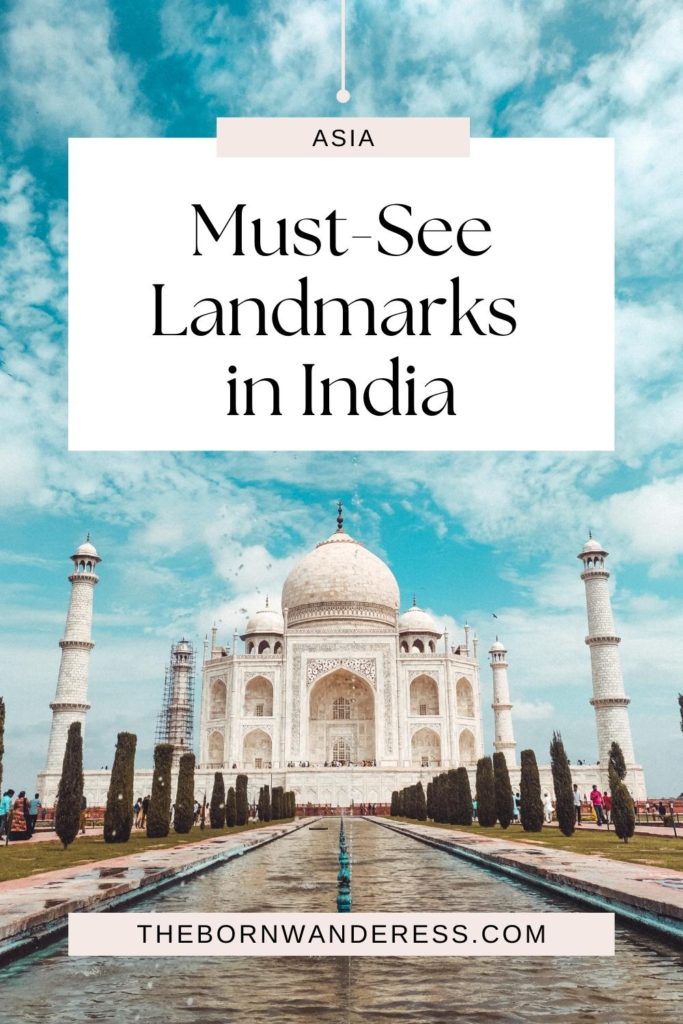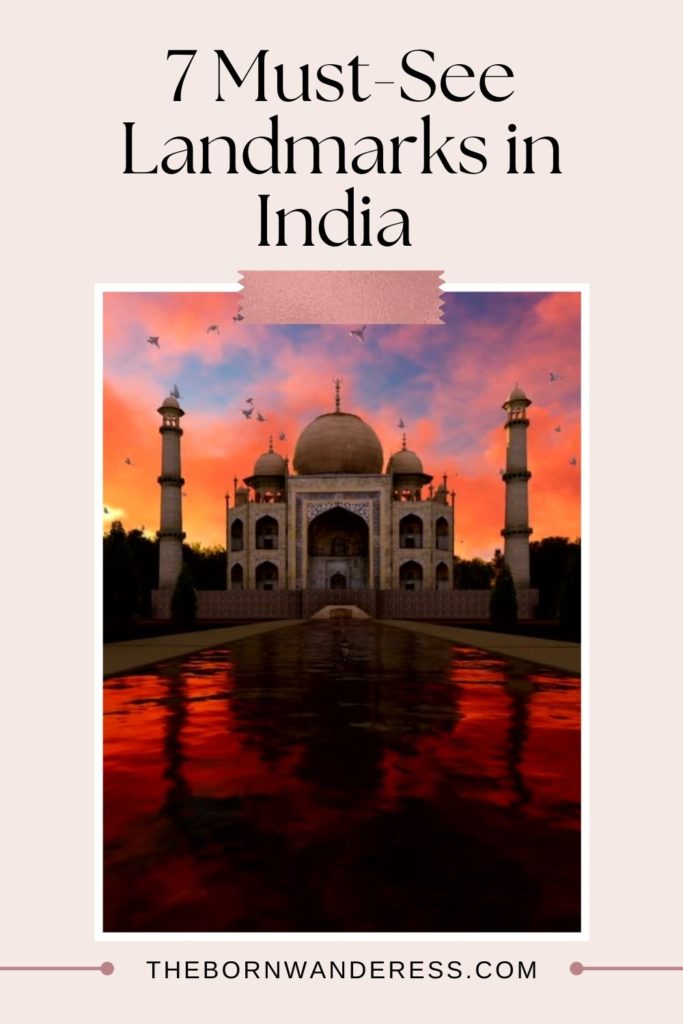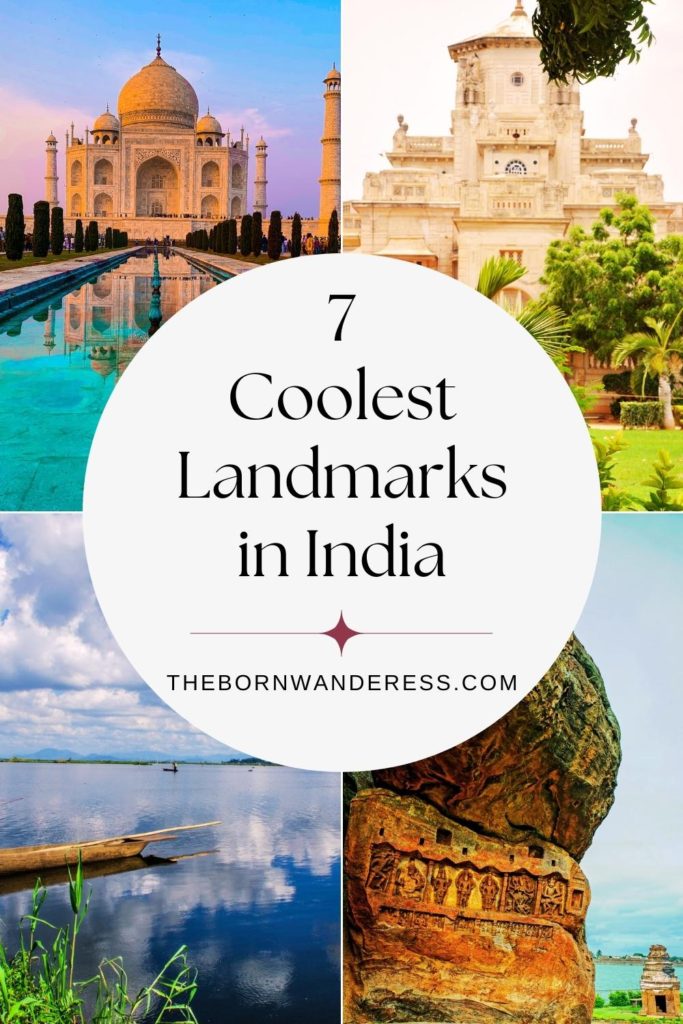India is known for having the most recognisable landmark in the world. But India has more to offer than just the Taj Mahal. However what is an India Landmarks list without the Taj. She’s in here but read on for some you may not have even heard of!
India is a lot to take in. With the sights, the sounds, the flavours, the colours and of course the impressive landmarks scattered around the country. It is a technological hub for the world. It is rich in class, caste, tradition and culture. And there is without a doubt abject poverty. It’s the land of Bollywood and also home to some of the biggest slums in the world.
Situated in the midst of Asia, India is the second-most populous country in the world. Often referred to as the India Sub-Continent due to its size and diversity.
Surrounded by three oceans in the south and bordering several countries in the north. India possesses very unique geology; the snow-capped Himalayas in the north, dry Thar deserts in the west as well as hippy coastal towns in the south.
A rich history makes for impressive landmarks
India is one of the oldest civilizations – spanning over 4,500 years. Influenced at one point by the British, it has managed to keep and preserve its truly wonderful and unique historical landmarks. This is one reason why India is so special.
Rich, not only in culture, but also in cuisine, language, and colour. It is one of the most breathtaking countries in the world.
India is most notable for its religious diversity, giving birth to many, varied and striking man-made landmarks. As well as its natural geographical beauty. Tucked in all corners of India, beautiful landmarks are waiting to be explored.
Table of contents
Taj Mahal, Agra
One of the seven wonders of the world, the Taj Mahal is a UNESCO World Heritage Site. Nominated for being “the jewel of Muslim art in India and one of the universally admired masterpieces of the world’s heritage”.
Constructed by Mughal Emperor Shah Jahan. His beloved wife Mumtaz Mahal died in childbirth & the Taj Mahal is a symbol of his love for her.
Inscribed delicately with Islamic calligraphy and built with luxurious ivory-white marble. The great mausoleum took over two decades to finish.
In modern times, there has been a concern regarding the effect of pollution on the Taj Mahal. Thankfully, the Indian government has set up an area around the monument where strict emissions standards are in place.
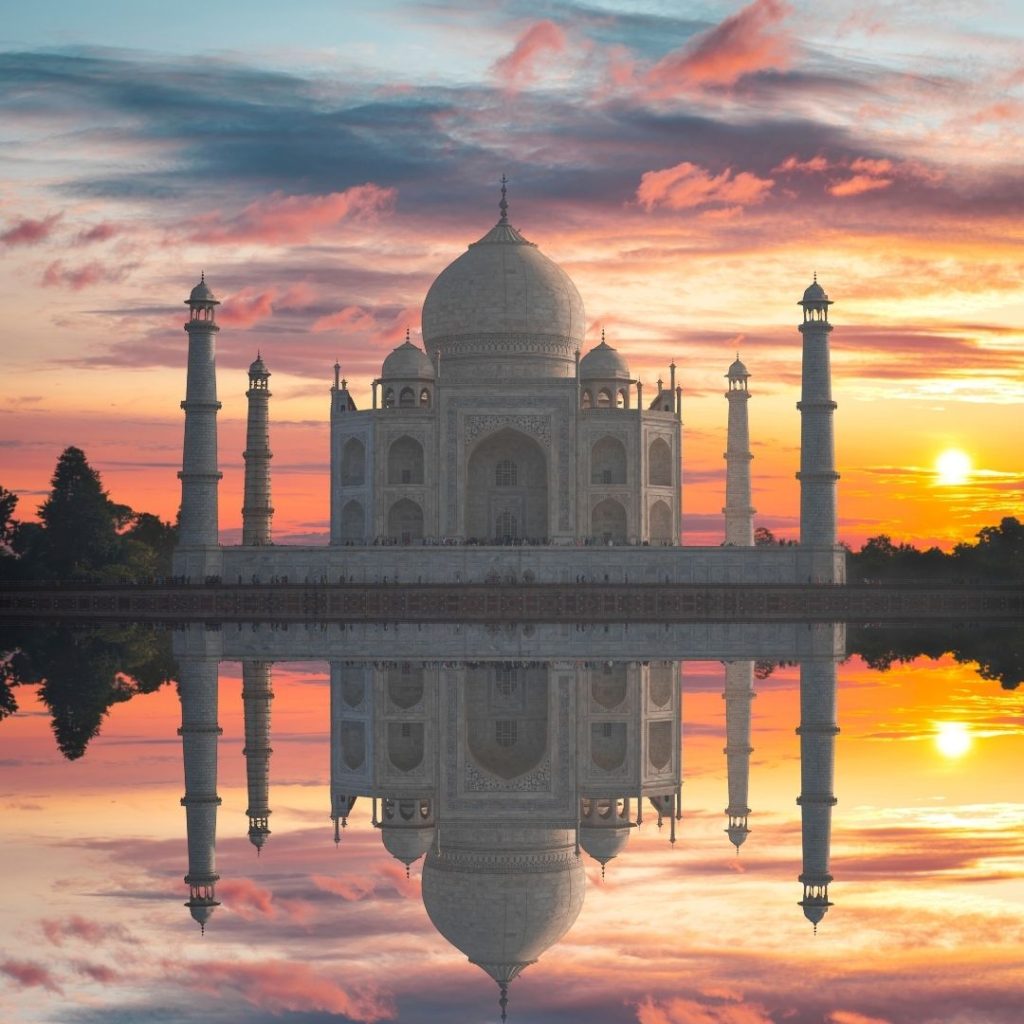
Related Posts
Chettinad Palace, Tamil Nadu
Chettinad Palace is a spectacular example of Chettinad architecture. Built within two years, under the supervision of Dr Annamalai Chettiyar, this palace dates back to 1912.
The architecture of the Palace was influenced by both European and Indian styles.
Made from Italian marble and limestone, the magnificent mansion overlooks the Adyar river.
Its tall white pillars and long ornate windows are adorned and delicately etched. The regal palace still stands, a symbol of affluence and nobility.
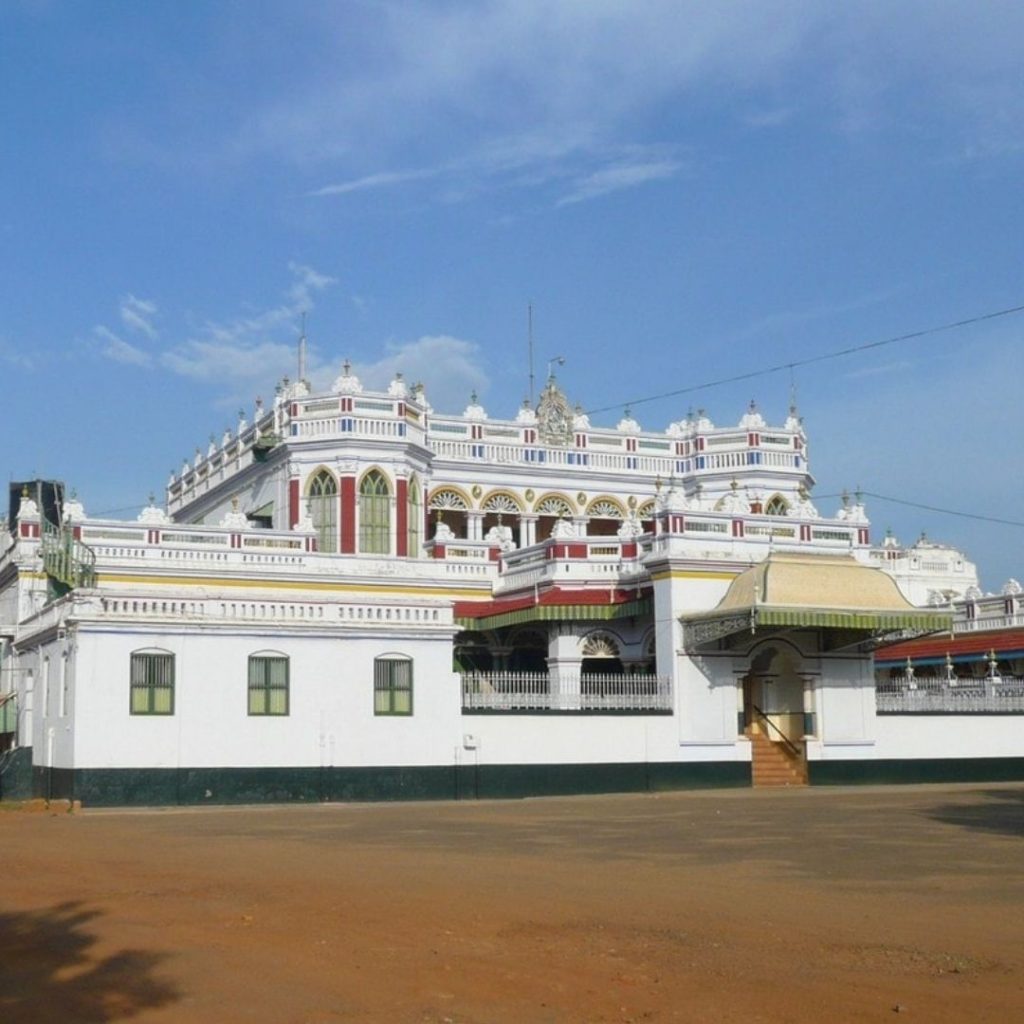
Doodhpathri, Kashmir
Doodhpathri is a hill station in the State of Jammu and Kashmir. Aptly named the Valley of Milk after the milky water flowing through the meadows that persistently stays cold throughout the year.
The valley is surrounded by mountains & situated high at an altitude of 8,957 ft above sea level. Therefore the natural lush green of the meadows is hidden under heavy snowfall during the winter. And peeks through in summer.
Hence creating a landscape dotted with streams and wildflowers, increasing the ethereal beauty of Doodhpathri. And creating a truly wonderful natural landmark in India’s Kasmir region.
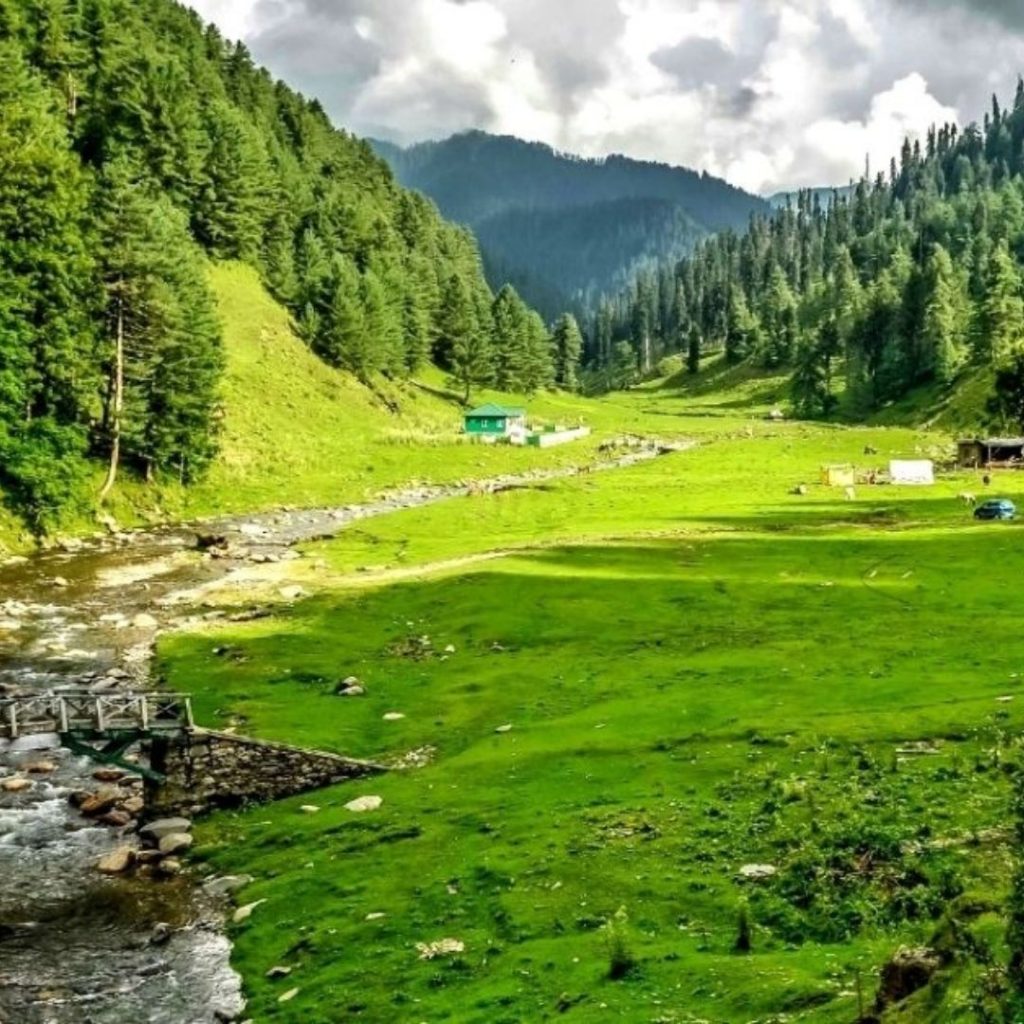
Related Posts
Adalaj Stepwell, Gujarat
The Adalaj stepwell showcases the Indo-Islamic fusion architecture found through the many step-wells of the period. Queen Rudabai herself commissioned the step well in 1498.
The octagonal well has openings in the ceilings above the landing which allows light and air to enter, but direct sunlight only touches the steps at noon. Therefore keeping the temperature inside the well six degrees cooler than the outside.
Added to which the stepwell was dug deep. Hence providing ample storage of water during times of drought.
A huge number of pillars support the stepwell. The walls of the stepwell showcase complicated and elaborate carvings illustrating images including that of Hindu deities, elephants and flowers.
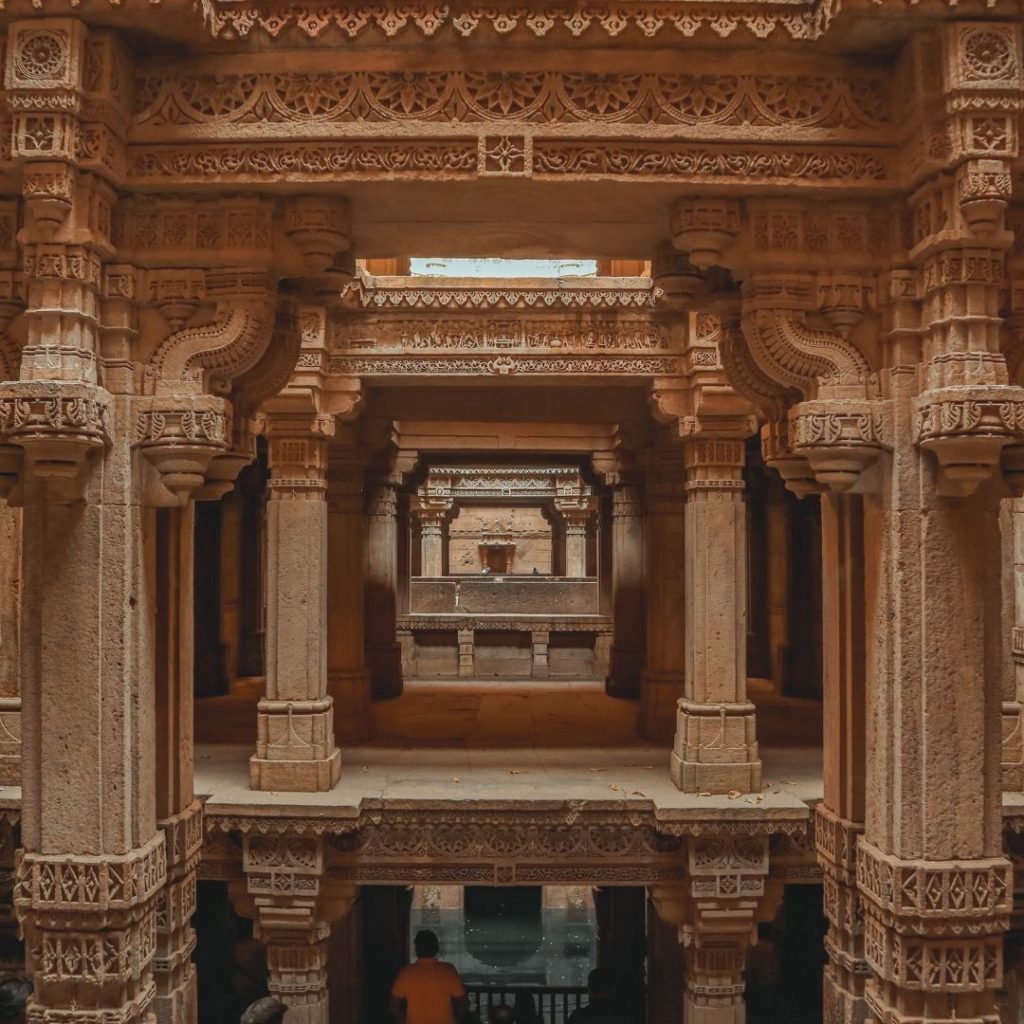
Red Fort, Delhi
Located in Delhi, and constructed with red sandstone, the Red Fort historically served as the main
residence of the Mughal Emperors.
The design was created by the same architect as the Taj Mahal, Ustad Ahmad Lahori. This wonderful Indian landmark combines Persianate architecture with Indian culture.
Built by Shah Jahan as a palace fort in the mid-17th century, it boasts majestic gates, palaces and geometrical gardens. As well as an ornate mosque within its massive, towering red sandstone walls.
The fort is also a UNESCO World Heritage Site.
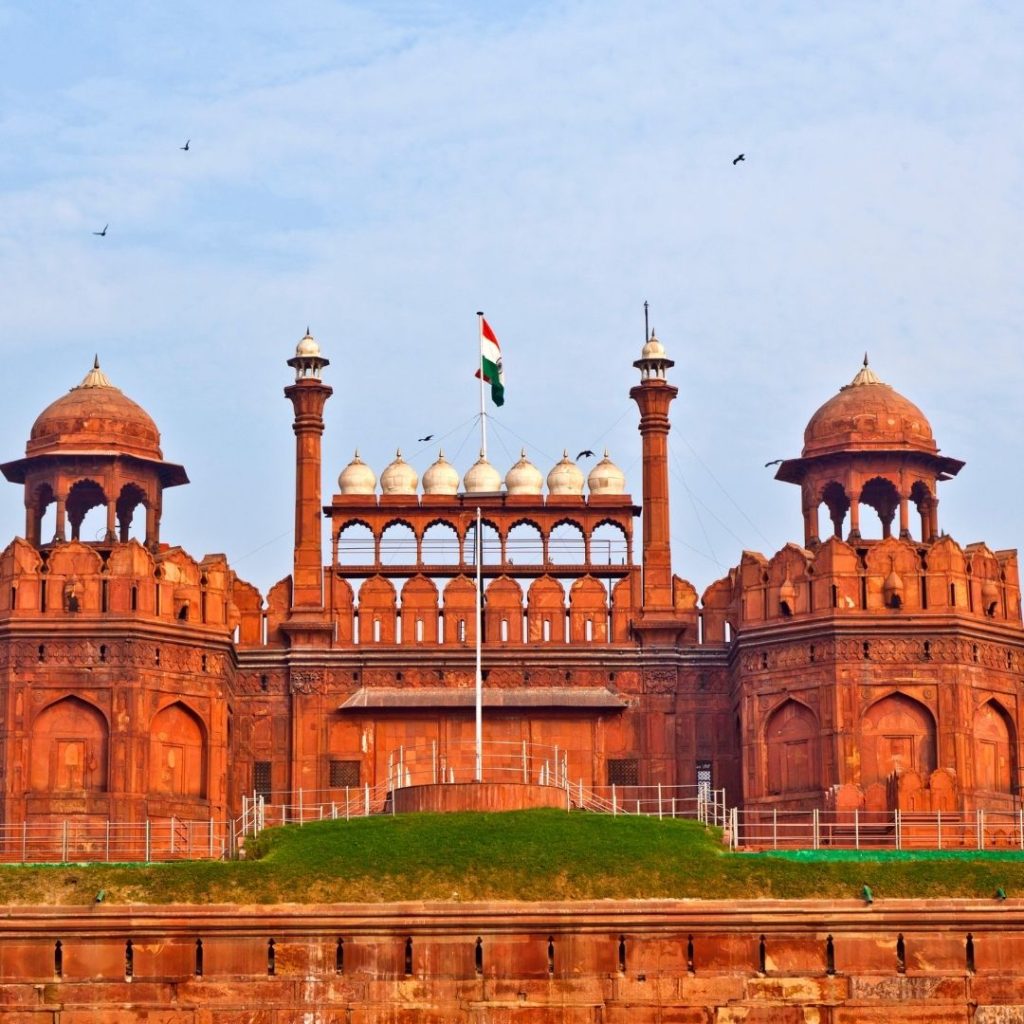
Badami Caves, Karnataka
At the mouth of a ravine between two rocky hills is Badami Caves. A somewhat natural and man-made landmark in India’s Karnataka region. Numbered 1 to 4 and intricately engraved, boasting superior craftsmanship. Opposite the caves stands Badami Fort.
The first cave houses 18-armed dancing Shiva. While the second illustrates influences from Vaishnavite.
The third, and the largest cave displays inspirations from both the first and the second with inscriptions and delicate carvings.
Of the four, three are Brahmanical, while the fourth is Jain.
The caves are best at dusk when the setting sun captures the fiery red tint of the sandstone. To reach the caves is a climb of over two thousand steps.
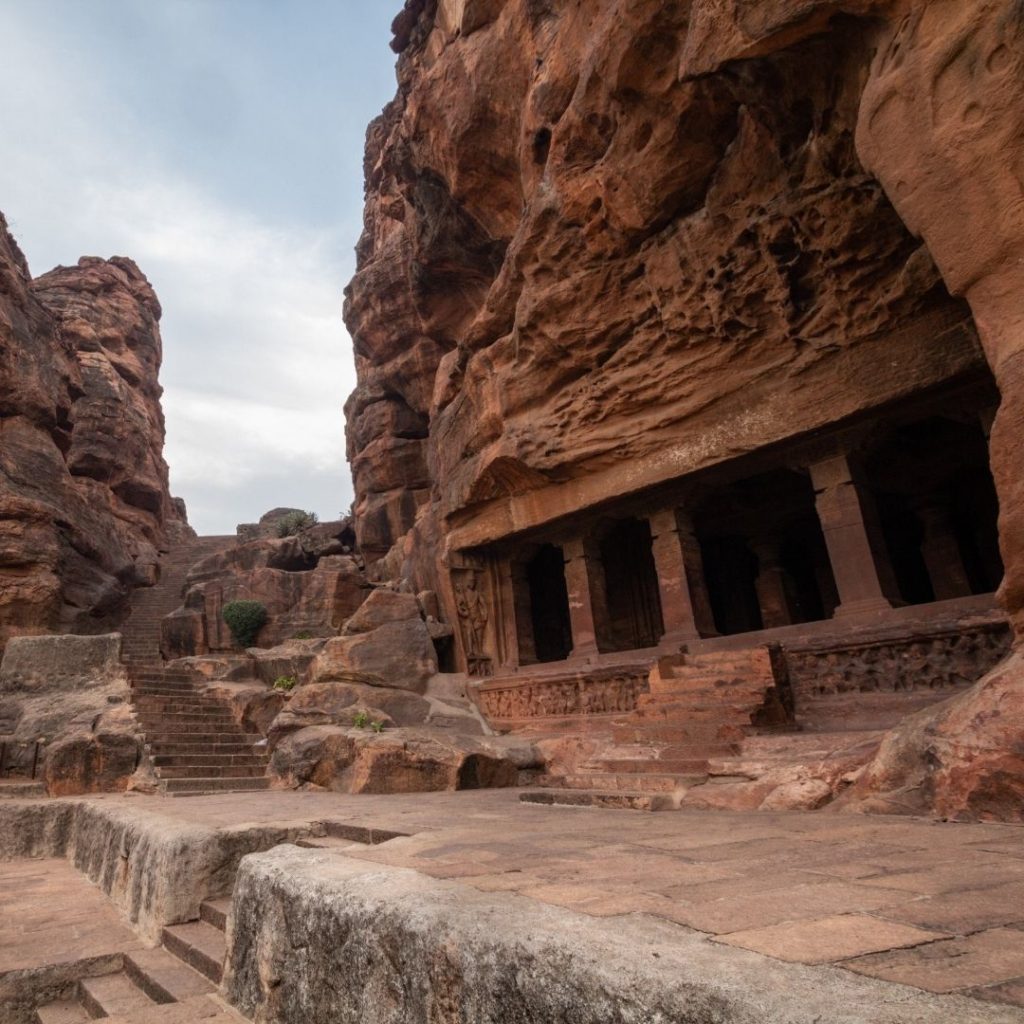
Loktak Lake, Manipur
Another beautifully natural landmark, Loktak Lake is the largest natural freshwater lake in India. The lake is also an ancient super volcanic caldera.
A caldera is a large cauldron-like hollow that forms after the emptying of a magma chamber in a volcanic eruption.
The lake has a length of 35km and a depth of 4.6m. Large masses of vegetation on the surface of the lake, give it its name, the floating lake.
The lake serves as a water source for hydropower generation, irrigation, and drinking water supply. As well as a source of livelihood for rural fishermen.
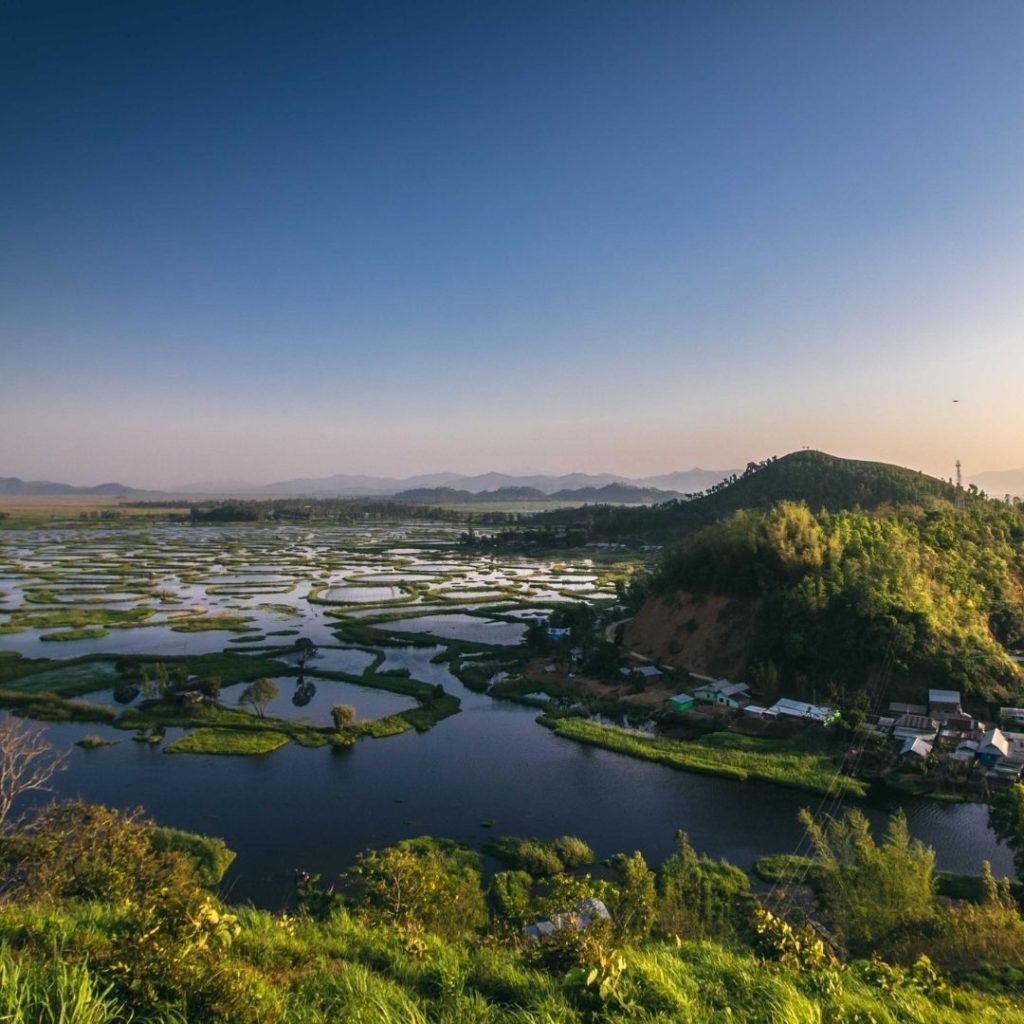
With 28 states in India to explore, there are a plethora of natural and man-made landmarks to discover. This small list is but a few….happy wandering!
This article contains affiliate links.
If you purchase something using one of the links I may receive a commission.
Please see my disclosures for more information.
This post contains affiliate links. As an Amazon Associate, I earn from qualifying purchases. I may receive a small commission when you make a purchase using my link at no additional cost to you.

